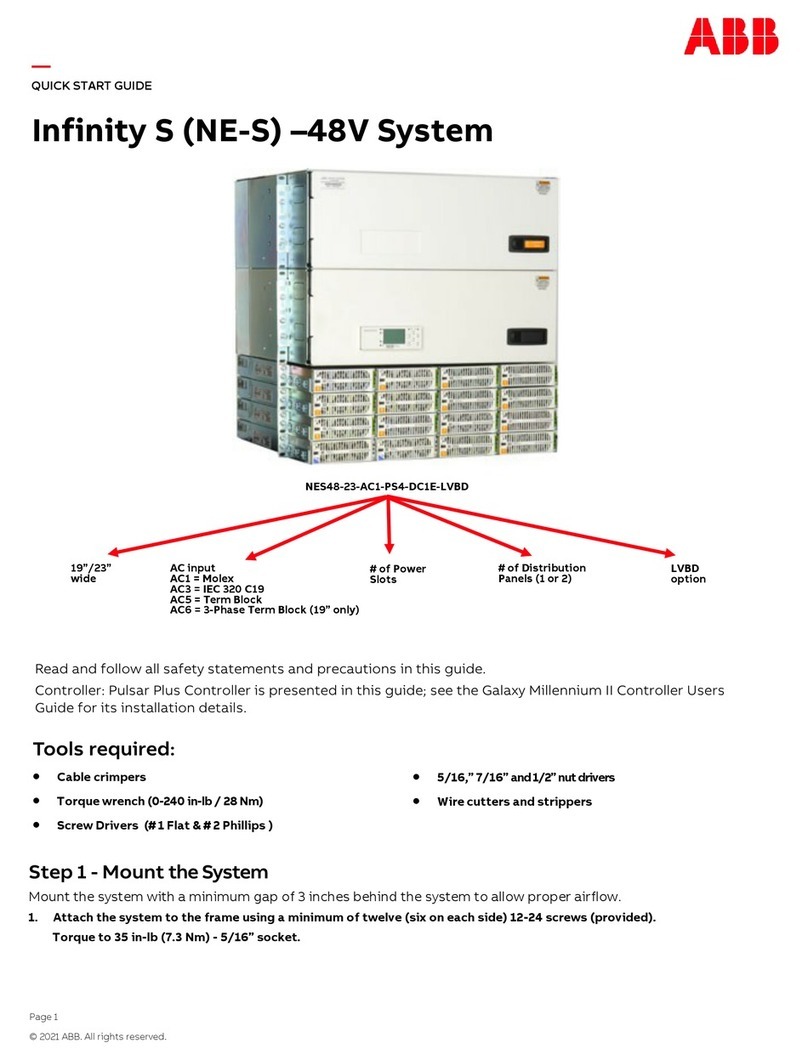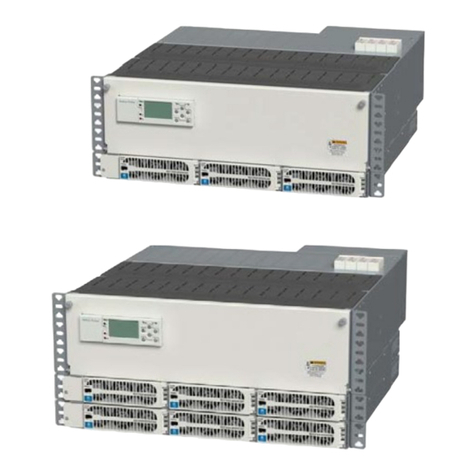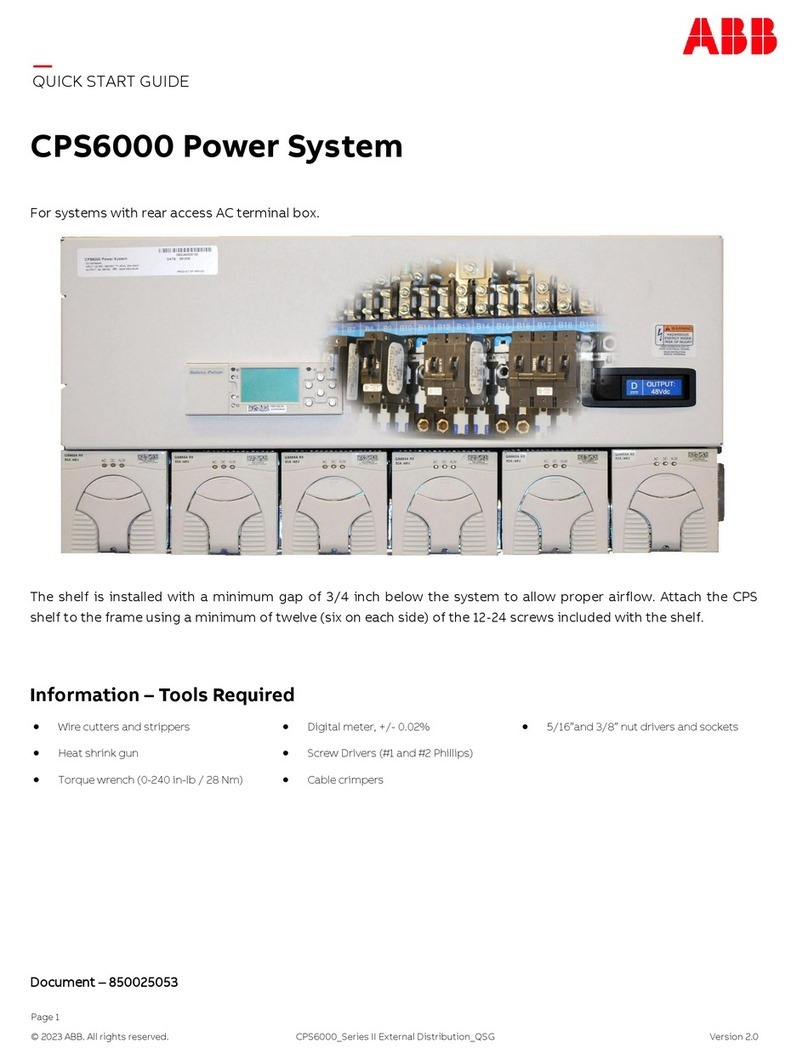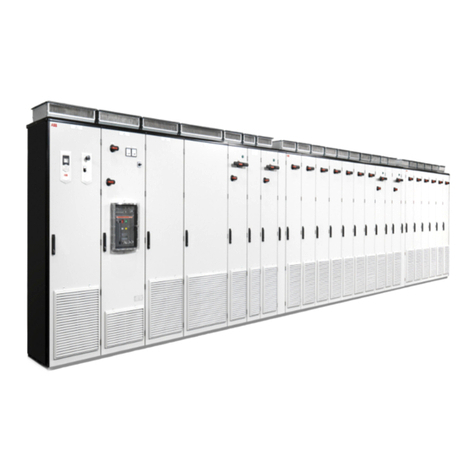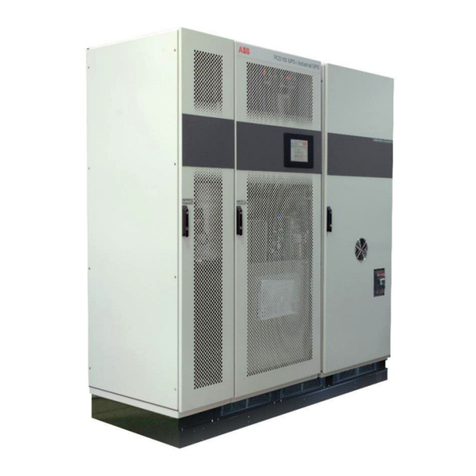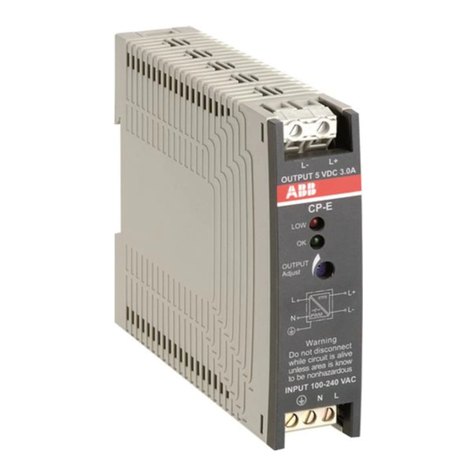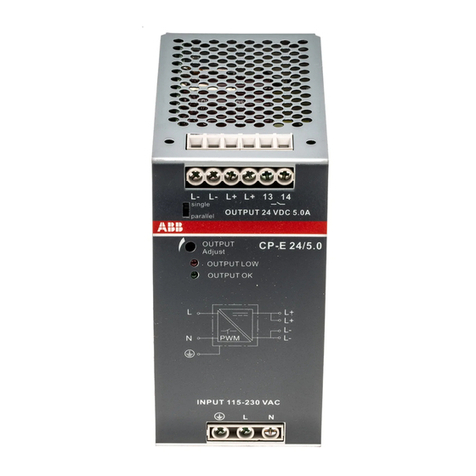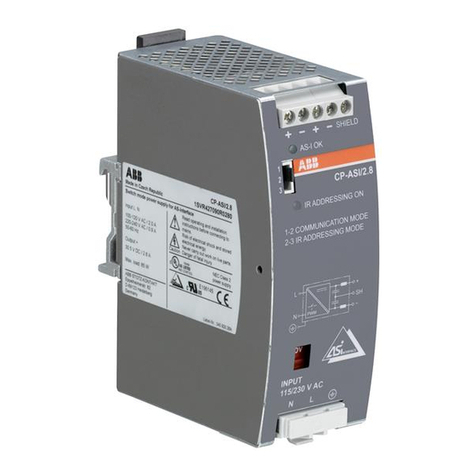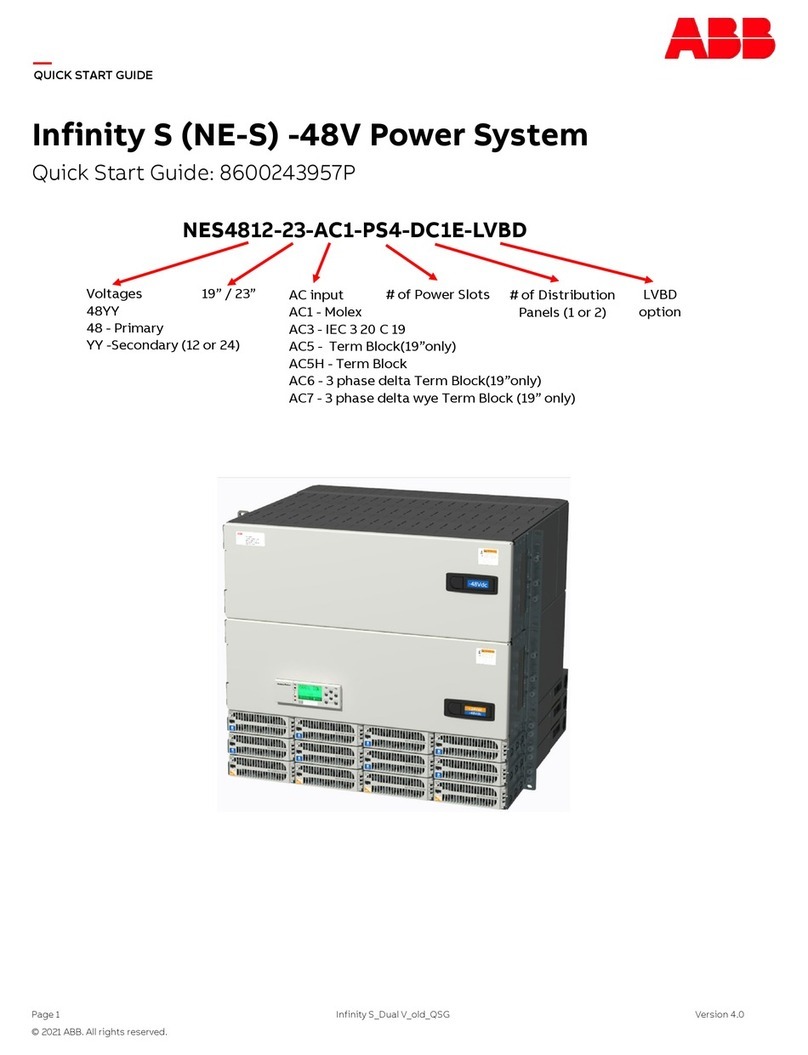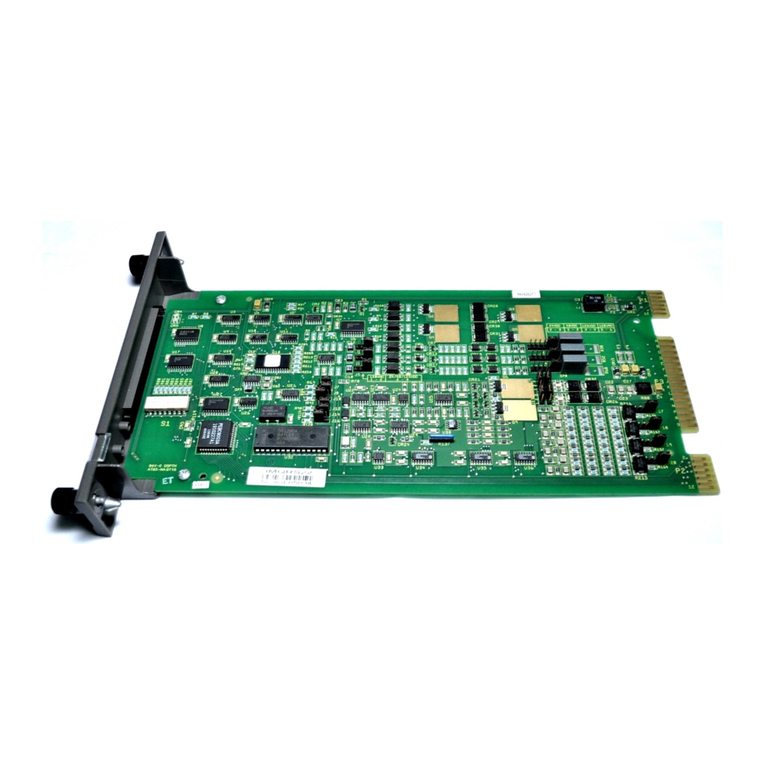
Page 6
© 2020 ABB. All rights reserved.
QUICK START GUIDE
Order Codes Descriptions
CC109142980 QS873A Thermal Probe
CC848817024 B 10’ controller to thermal probe wireset
CC109157434 B 20’ controller to thermal probe wireset
CC848822560 C 1’ thermal probe to thermal probe wireset
848719803 C 5’ thermal probe to thermal probe wireset
CC848822321 C 10’ thermal probe to thermal probe wireset
Order Codes Descriptions
108958422 ES771A Voltage Monitor Card
CC848791517 D 2 ½’ ES771A to probe wireset
CC848797290 D 6’ ES771A to probe wireset
848719829 D 10’ ES771A to probe wireset
CC848791500 G 4’ ES771A to ES771A or controller wireset
848652947 G 10’ ES771A to ES771A or controller wireset
Information: Controller Connections
Alarm Outputs
Alarm relays are factory set to Open On
Alarm. If Close On Alarm is desired adjust
controller alarm jumpers. See diagram in
step 5 for the location of the controller
alarm jumpers. Connector J4 provides
access to the primary customer alarm
outputs. J4 is a 20-pin latching connector.
Alarm Output Cables
CC848890137 5 ft.
CC109157442 15ft
CC848817635 50 ft
CC848817643 150 ft
Standard Controller Alarm Output
Defaults Pin Color
Option 1
Color
Option
2
PCR Power Critical 1BL BL
PCR_C Power Critical_C 11 WBL/BK
PMJ Power Major 2OO
PMJ_C Power Major_C 12 WO/BK
PMN Power Minor 3GG
PMN_C Power Minor_C 13 WG/BK
R1 Battery On Discharge 4BR W
R1_C Battery On Discharge_C (BD_C) 14 WW/BK
R2 Very Low Voltage (VLV) 5SBK
R2_C Very Low Voltage_C (VLV_C) 15 WBK/W
R3 Fuse Alarm Major (FAJ) 6BL BL/W
R3_C Fuse Alarm Major_C (FAJ_C) 16 RBL/R
R4 AC Fail (ACF) 7OO/R
R4_C AC Fail_C (ACF_C) 17 RR
R5 Rectifier Fail (RFA) 8GG/W
R5_C Rectifier Fail_C (RFA_C) 18 RR/G
R6 Mult. Rectifier Fail (MRFA) 9BR W/R
R6_C Mult. Rectifier Fail_C (MRFA_C) 19 RR/W
R7 High Voltage (HV) 10 SBK/R
R7_C High Voltage_C (HV_C) 20 RR/BK
Information: Battery Monitoring Connections - cables
Temperature Measurement Temperature and Voltage Measurement
Alarm Inputs
Default alarm descriptions may be
changed as needed using web pages or
Easyview2.
J3 is a 10-pin latching connector.
Standard Controller Alarm Input Defaults J3 Pin Color
Air Con Fail 1BK
Air Con Fail_Return 8V
Door Open 2BR
Door Open_Return 8V
Aux PMJ Input 3R
Battery Test/GSTR 4O
Battery Test_Return 9S
EPO 5Y
EPO_Return 10 W
Hi ext. Temp. 6G
Hi ext. Temp._Return 8V
Low ext. Temp. 7BL
Low ext. Temp._Return 8V
Alarm Input Cables
CC848890153 5 ft.
CC848865980 15ft
CC848817651 50 ft
CC848817668 150 ft

